Still a Gym Rat: Exercise & MS
Before I was diagnosed with MS, and for the first few years afterward, I was dedicated to my exercise programs. My ideal workout time was early morning, because all I had to do was wake up, get my feet on the floor, and lean forward. The next thing I knew I was at the gym.
After my MS diagnosis, I continued to visit the gym on a regular basis. Eventually, when my legs became too weak, I had to give up on the aerobic exercise and the lower body weight lifting. But I still maintained my upper body workouts – even when I started using a cane, two forearm crutches, and then a scooter. Finally, it became too much, and I stopped going to the gym in 2006.
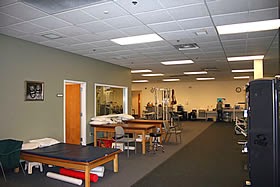 Fast-forward to 2013. My neurologist told me about a facility in South Portland called the Medically Oriented Gym, or MOG. Saco Bay Physical Therapy works one-on-one with patients like me at the MOG. In September, I had my first appointment with Gabe, a physical therapist. We talked about goals. I wanted to maintain or improve the range of motion and strength in my upper extremities. Also, I would welcome anything they could do for leg strength and flexibility, but I knew that would be a more difficult task.
Fast-forward to 2013. My neurologist told me about a facility in South Portland called the Medically Oriented Gym, or MOG. Saco Bay Physical Therapy works one-on-one with patients like me at the MOG. In September, I had my first appointment with Gabe, a physical therapist. We talked about goals. I wanted to maintain or improve the range of motion and strength in my upper extremities. Also, I would welcome anything they could do for leg strength and flexibility, but I knew that would be a more difficult task.
Gabe measured my strength and range of motion to establish a baseline. He then worked with his associate, Jodi, to develop a program for me. Over the past nine months Jodi has incorporated a variety of stretching routines and exercises to strengthen specific muscles and maintain or improve my flexibility. Gabe has evaluated my progress on a regular basis. I have at least maintained and even improved in some of his measures. It’s a beautiful thing.
Gabe, Jodi, and the rest of the team are consummate professionals. Not only do they understand the mobility issues I’m facing, but they exhibit sincere empathy. They know when to push me hard and when to back off. They constantly come up with creative new ways to challenge my muscles to do anything and everything they are still able to do.
I generally have two one-hour sessions per week, and I plan to keep this up indefinitely. In my case, insurance is picking up 100% of the costs.
The benefits I experience from my workouts at the MOG are more than physical. There is an emotional component as well. I always feel more positive about my life when I am fighting back against this creeping paralysis. And even in the days before I became disabled, I experienced a boost from my gym workouts if for no other reason than I was getting out of the house and moving around. That still applies.
 This physical therapy program isn’t going to overcome the relentless attack that MS is waging on my central nervous system. My overall physical well-being is continuing to deteriorate, and I don’t expect it to stop. But the work I am doing at the MOG allows me to maintain as much strength and flexibility as I possibly can, for as long as I possibly can. I encourage everyone with MS or other similar conditions to “use it or lose it.” If you live in the greater Portland area, I recommend Saco Bay Physical Therapy and the MOG. If you live elsewhere, find a physical therapist and a gym that you can work with.
This physical therapy program isn’t going to overcome the relentless attack that MS is waging on my central nervous system. My overall physical well-being is continuing to deteriorate, and I don’t expect it to stop. But the work I am doing at the MOG allows me to maintain as much strength and flexibility as I possibly can, for as long as I possibly can. I encourage everyone with MS or other similar conditions to “use it or lose it.” If you live in the greater Portland area, I recommend Saco Bay Physical Therapy and the MOG. If you live elsewhere, find a physical therapist and a gym that you can work with.
If you’re a healthy person, and you’re not getting regular exercise, are you just trying to piss me off? You enjoy such good fortune, yet you do nothing to nurture and protect it. Don’t make me come over there and kick you in the ass, because I will.
One of the exercises Jodi has me do is to lie on my back (which is no small feat) and execute bench presses. Before MS, I could do three sets of ten with a substantial weight on the bar. I would grunt and strain and put everything I had into each repetition. When working with free weights, I always had a spotter, because if the weight were to land on my chest or neck it could have been dangerous. But today I am bench pressing a broomstick, and I still grunt and strain and put everything I have into each repetition. Last week I said to Jodi, “You better stay here and spot me, because if I get pinned by this broomstick I’m not sure I’ll be able to breathe.”
We laughed and laughed. I’m a funny guy.
Read more from Mitch at his blog, Enjoying the Ride.
Learn more about the MOG on their website.
“Still a Gym Rat” From Enjoying the Ride
Copyright Mitch Sturgeon, May 2014
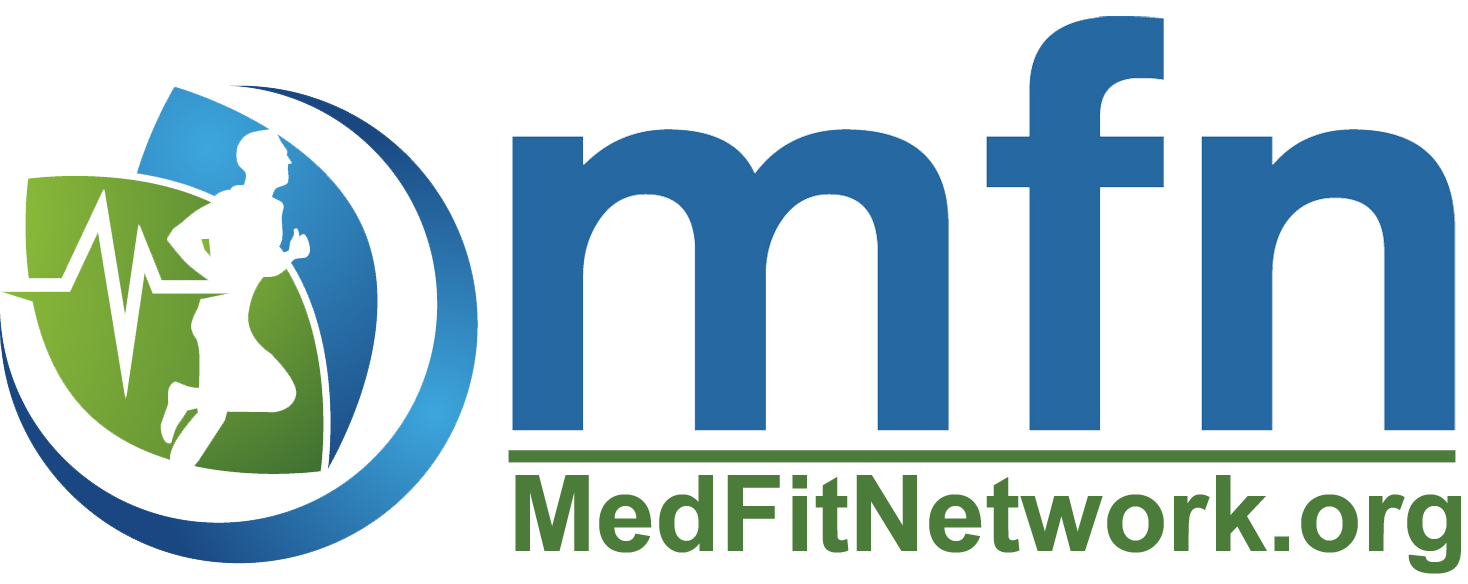

 Is it a diet or a famine?
Is it a diet or a famine?
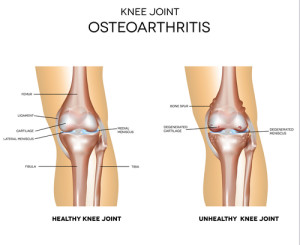 Osteoarthritis primarily affects older adults over 50. As opposed to most millennials today, this generation of adults didn’t grow up with exercise being a regular part of life. As such, there is a high degree of sedentary people who also suffer from osteoarthritis and needing joint replacement.
Osteoarthritis primarily affects older adults over 50. As opposed to most millennials today, this generation of adults didn’t grow up with exercise being a regular part of life. As such, there is a high degree of sedentary people who also suffer from osteoarthritis and needing joint replacement.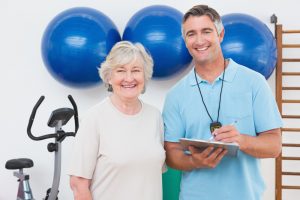 I have worked with Dr. Irv Rubenstein to put together a course like none other that will get personal trainers up to speed as quickly as possible on the essentials. We go over what happens in the joints and how they deteriorate as well as what happens during and after joint replacement surgery.
I have worked with Dr. Irv Rubenstein to put together a course like none other that will get personal trainers up to speed as quickly as possible on the essentials. We go over what happens in the joints and how they deteriorate as well as what happens during and after joint replacement surgery.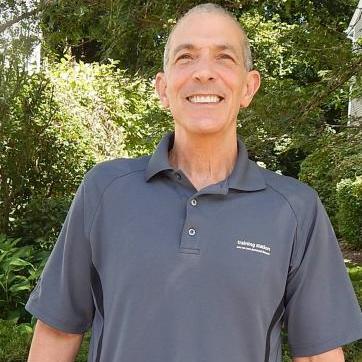
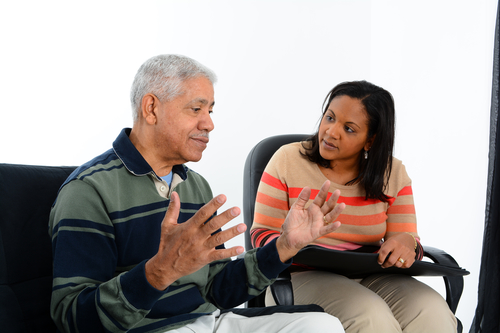
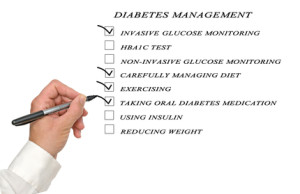 According to the New England Journal of Medicine, “Type 2 diabetes is increasingly common, primarily because of increases in the prevalence of a sedentary lifestyle and obesity. It was concluded that the reduction in the incidence of diabetes was directly associated with changes in lifestyle and that Type 2 diabetes can be prevented by changes in the lifestyles of high-risk subjects.”
According to the New England Journal of Medicine, “Type 2 diabetes is increasingly common, primarily because of increases in the prevalence of a sedentary lifestyle and obesity. It was concluded that the reduction in the incidence of diabetes was directly associated with changes in lifestyle and that Type 2 diabetes can be prevented by changes in the lifestyles of high-risk subjects.”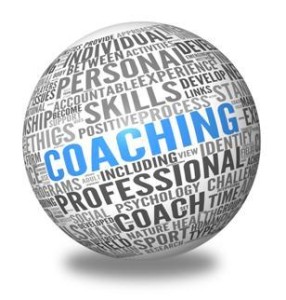 What Can Health & Wellness Coaches Do for You?
What Can Health & Wellness Coaches Do for You?
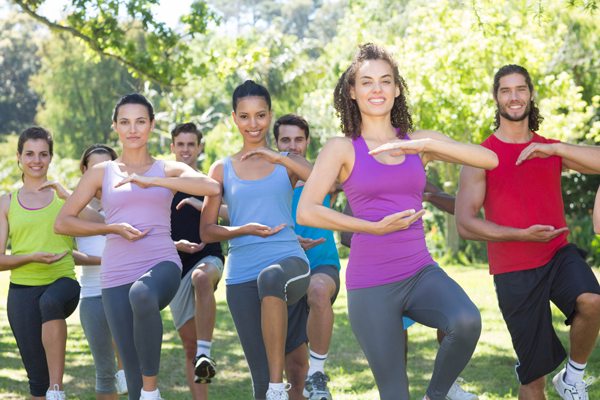
 The studies concerned with the effect of Tai Chi on
The studies concerned with the effect of Tai Chi on 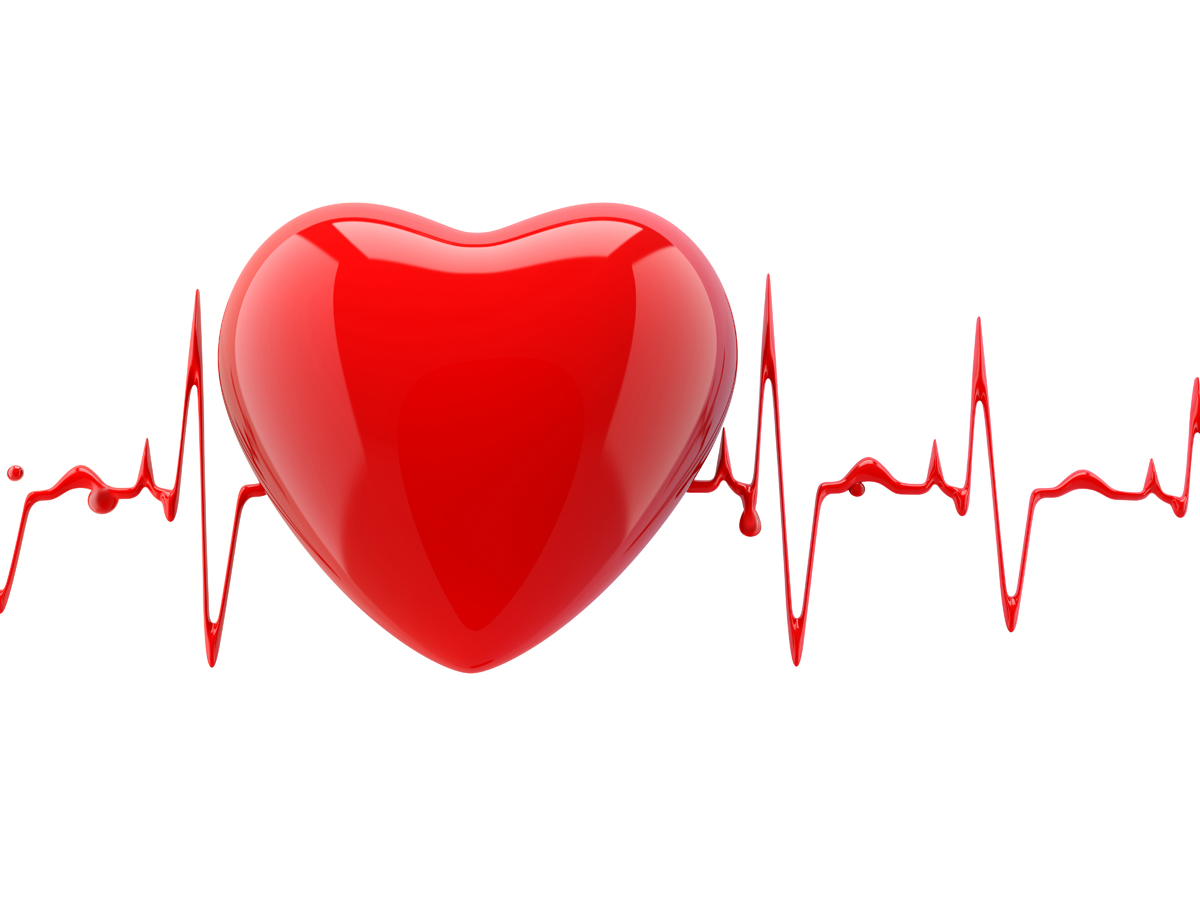
 There’s no shortage of marketing messages about what’s best for heart health and some of it is well, just plain wrong. Here’s my top 5 offenders – don’t believe their hype, choose my real deals instead.
There’s no shortage of marketing messages about what’s best for heart health and some of it is well, just plain wrong. Here’s my top 5 offenders – don’t believe their hype, choose my real deals instead. for heart health that you think – artificial dyes and chemistry lab corn syrup are not the basis of a lasting love affair. AKA better: choose a little heart-healthy organic dark chocolate (that’s >65%) and if you do want candy try authentic sweets – organic, free of artificial dyes etc – like those from our friends at
for heart health that you think – artificial dyes and chemistry lab corn syrup are not the basis of a lasting love affair. AKA better: choose a little heart-healthy organic dark chocolate (that’s >65%) and if you do want candy try authentic sweets – organic, free of artificial dyes etc – like those from our friends at 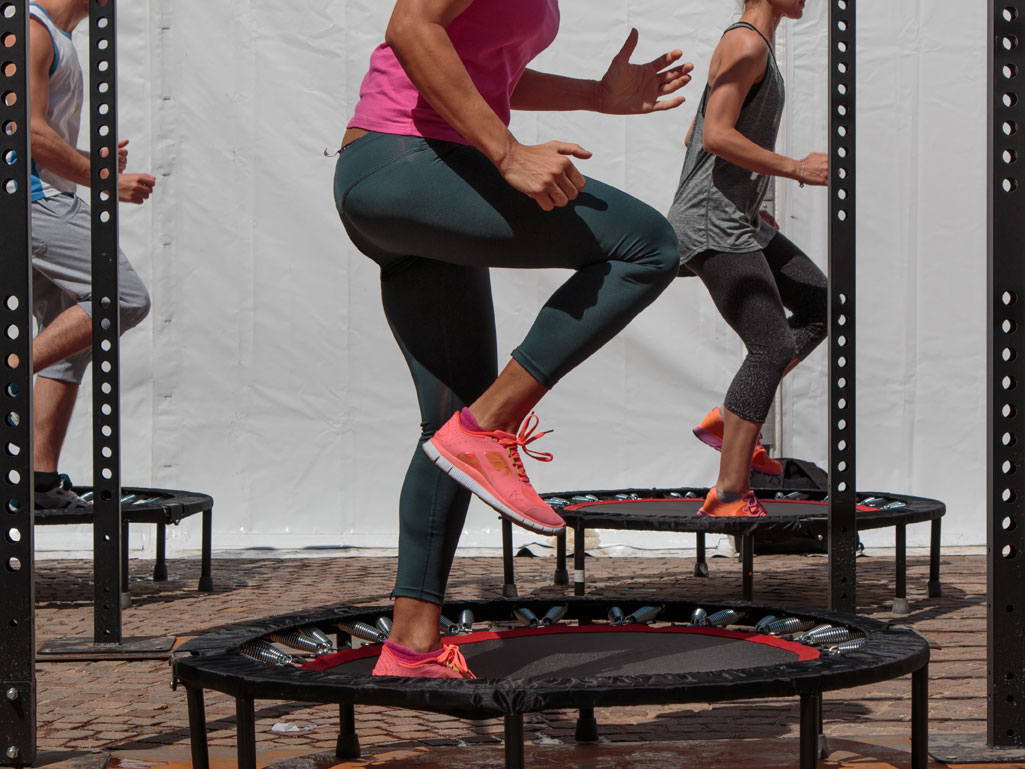
 Rebounding is a complete cellular exercise, stimulating the activity of the lymphatic system (a critical part of the immune system). Rebounding 3-5 times per week at a minimum of 10-15 minutes at a time is highly beneficial. It is effective at a minimal bounce, using acceleration and deceleration, with each bounce, to open and close the one-way valves between the lymphatic system and the cells. Lymphatic fluid surrounds all of the cells of the body. While bounding toxins, poisons, and metabolic waste are pulled out of the cells into the lymph fluid, while oxygen and nutrients (transferred previously at the capillaries, from the blood) are pulled in the cells from the lymph fluid. Within the lymph system are lymphocytes, for example- white blood cells, which consume metabolic waste, bacteria, and dead cells. Rebounding keeps the lymph system moving and unplugged, so lymphocytes have free reign to do their job. More importantly, bounding does this without stressing the hips, knees, or ankles, or creating shin-splints. It can be done on a daily basis or multiple times per day without creating overuse injury.
Rebounding is a complete cellular exercise, stimulating the activity of the lymphatic system (a critical part of the immune system). Rebounding 3-5 times per week at a minimum of 10-15 minutes at a time is highly beneficial. It is effective at a minimal bounce, using acceleration and deceleration, with each bounce, to open and close the one-way valves between the lymphatic system and the cells. Lymphatic fluid surrounds all of the cells of the body. While bounding toxins, poisons, and metabolic waste are pulled out of the cells into the lymph fluid, while oxygen and nutrients (transferred previously at the capillaries, from the blood) are pulled in the cells from the lymph fluid. Within the lymph system are lymphocytes, for example- white blood cells, which consume metabolic waste, bacteria, and dead cells. Rebounding keeps the lymph system moving and unplugged, so lymphocytes have free reign to do their job. More importantly, bounding does this without stressing the hips, knees, or ankles, or creating shin-splints. It can be done on a daily basis or multiple times per day without creating overuse injury.

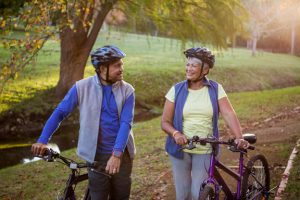 ften when we hear the term “fitness” – we automatically think of our physical health. Being mentally fit is equally as important. Cognitive fitness is a state of optimized ability to reason, remember, learn, plan and adapt that is enhanced by certain attitudes, lifestyle choices, and exercises. Better cognitive fitness translates into the ability to make better decisions, solve problems, and deal with stress and change. Neurogenesis is the process of developing new chemical messengers called neurons in the brain. This process can be profoundly affected by how you live your life. Here are eight strategies to help you facilitate the process of neurogenesis and have optimal cognitive functioning:
ften when we hear the term “fitness” – we automatically think of our physical health. Being mentally fit is equally as important. Cognitive fitness is a state of optimized ability to reason, remember, learn, plan and adapt that is enhanced by certain attitudes, lifestyle choices, and exercises. Better cognitive fitness translates into the ability to make better decisions, solve problems, and deal with stress and change. Neurogenesis is the process of developing new chemical messengers called neurons in the brain. This process can be profoundly affected by how you live your life. Here are eight strategies to help you facilitate the process of neurogenesis and have optimal cognitive functioning: Eat Specific Healthy Foods: Food plays a vital role in the health and proper functioning of the brain. Strive to eat real, whole foods such as fruit, vegetables, whole grains and lean meats – and drink eight 8oz bottles of water each day to keep brain cells hydrated. Apples, avocados, blueberries, unsalted nuts, broccoli and brown rice are great food choices for brain health.
Eat Specific Healthy Foods: Food plays a vital role in the health and proper functioning of the brain. Strive to eat real, whole foods such as fruit, vegetables, whole grains and lean meats – and drink eight 8oz bottles of water each day to keep brain cells hydrated. Apples, avocados, blueberries, unsalted nuts, broccoli and brown rice are great food choices for brain health.